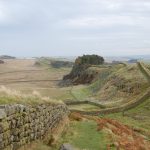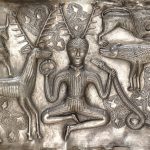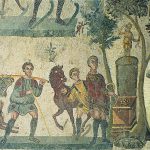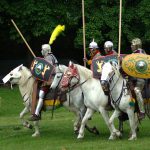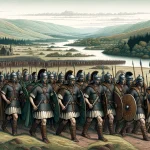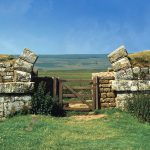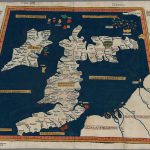Bishops Stortford
Minor Settlement
Bishop’s Stortford began as a Roman settlement. It was on Stane Street, a major Roman road between London and Colchester. The settlement lies to the east of where Stane Street probably crossed the River Stort. Bishop’s Stortford was a convenient place to stay overnight and the many travellers would spend money in the little town. However in the 5th century Roman civilization broke down and the settlement at Bishop’s Stortford was abandoned.
During the 1950’s, rebuilding following the war uncovered remains of Romano-British houses having gravel floors and timber-slots, with associated [livestock] ditches and [storage] pits. Large quantities of pottery recovered ranged from the mid-first to fourth centuries.
Notable finds include a bronze steelyard and a gypsum burial in a limestone coffin found at the extreme eastern end of the settlement near Stane Street. Cremations have also been recorded c.250 metres north of the gypsum burial.
Extensive signs of iron-working have also been found on the site.
References for Bishops Stortford
- Roman Britain by Peter Salway (Oxford 1981)
- Britain in the Roman Empire by Joan Liversidge (London 1968).
Map references for Bishops Stortford
NGRef: TL4921
OSMap: LR167
Type: Minor Settlement
Roman Roads near Bishops Stortford
Stane Street: W (6) to Bravghing Stane Street: E (9) to Great Dvnmow (Essex) River Stort Upstream: SW (6) to Harlow River Stort Upstream: SW (6) to Old Harlow
Sites near Bishops Stortford
- Harlow Temple (9 km)
Temple Or Shrine - Braughing Roman Trading Post (11 km)
Iron-work and Minor Settlement - Great Dunmow (14 km)
Minor Settlement - Barkway (19 km)
Temple Or Shrine - Great Chesterford Vicus (22 km)
Vicus - Great Chesterford Roman Fort (22 km)
Claudian Auxiliary Fort (AD 43–54) - Great Chesterford Temple (23 km)
Temple Or Shrine - Lockleys Roman villa (26 km)
Villa - Dicket Mead Roman villa (26 km)
Villa - Welwyn Roman Baths (26 km)
Bath House and Villa
